Nearly 250 years ago, hundreds of militiamen lined a hillside in Massachusetts and started firing a barrage of musket balls toward retreating British troops, marking the first major battle in the Revolutionary War.
The latest evidence of that firefight is five musket balls dug up last year near the North Bridge site in the Minute Man National Historical Park in Concord. Early analysis of the balls — gray with sizes ranging from a pea to a marble — indicates colonial militia members fired them at British forces on April 19, 1775.
“As soon as they pulled one of them out of the ground, there was kind of a ‘look what I have,’” said Minute Man park ranger and historic weapons specialist Jarrad Fuoss, who was there the day the musket balls were discovered.
“And of course, everybody goes flocking to them like, ‘Oh, my gosh.’ We’re looking at them, and then the excitement continued to grow because it wasn’t just one,” he continued. “And the fact that we found five of them, which is incredible all these years later.”
Musket balls were previously found in the historic park of about a thousand acres outside Boston, which marks a series of opening battles of the American Revolution. About a decade ago, about 30 musket balls were found at the site known as Parker’s Revenge, where the Lexington militia company led by Capt. John Parker ambushed British troops. In the early 19th century, Henry David Thoreau was walking in the area and found a few musket balls from what is believed to be the North Bridge fight.
The latest discoveries are the most ever found from that fight when militia leaders ordered their men to fire on government troops. The event led to the conflict escalating and was later dubbed the “shot heard round the world” by Ralph Waldo Emerson in his 1837 “Concord Hymn.”
About 800 British soldiers had started the day marching from Boston to Concord to destroy military supplies they believed that colony rebels had gathered. It ended with an eight-hour battle that stretched to the Charlestown neighborhood of Boston — covering 16 miles (26 kilometers) and leaving 273 British troops and 96 militiamen dead and wounded.
It prompted the militia to create an 11-month siege of Boston, leading to the Battle of Bunker Hill in June 1775, one of the bloodiest battles of the American Revolution.
“This is where everything kind of changes in an instant because that moment is treason. There is no turning back,” Fuoss said. “To be able to pull that out of the ground and know that we’re the first ones to touch that since somebody else was ramming it down the muzzle of their gun 250 years ago is one of those things that sends shivers all over your body.”
Joel Bohy, who was also on the dig site and is researching bullet strikes and bullet-struck objects from that day for a book, said the discovery helps “validate the historical record, as well as the types of arms that the provincial minute and militia companies carried that day.”
“Based upon the caliber of the balls and studying them, the general location, as well as the context of the site, it made the hair stand up on the back of my neck,” Bohy said, adding that he had “been fascinated with April 19 and the material culture since I was a 7-year-old — 51 years ago. So for me, it was a great day.”
The war continued for seven years after those first shots were fired, even past the July 4, 1776, adoption of the Declaration of Independence.
Nikki Walsh, the museum curator at the park, also said there was plenty to learn from the lead-cast musket balls. Given their various sizes, Walsh said, archeologists concluded they were from the militia. Those men brought their own weapons and ammunition to the fight, with some being imported, and others captured or purchased by the town or province from British or Dutch merchants, according to the National Park Service. On the other hand, the British had standardized all their ammunition.
And the fact that the musket balls were intact indicates fighters likely missed their mark.
“Since that lead is so malleable, you can see marks on them that indicate whether they’ve been fired, whether they were unfired and dropped,” she said. “If they had been fired and hit something, they would have likely smushed like a pancake.”
The musket balls have attracted intense interest from history buffs and tourists, with about 800 journeying to the park’s visitor center over the weekend to get a first glimpse. The interest has also prompted the National Park Service to keep the exact location of the find under wraps, hoping to dissuade treasure hunters with metal detectors from showing up in search of more artifacts.
They are willing to disclose the general area of the find, a field just over a wooden bridge of the Concord River and just beyond two monuments — a 25-foot stone obelisk marking the 50th anniversary of the North Bridge fight and the Minute Man statue built to commemorate its 100th anniversary. Nearby, a smaller marker with British flags indicates where the first two British soldiers died in that battle.
Among those recently checking out the site was Jennifer Ayvaz, who came to the park with her husband, Tim, and their two children after her father heard about the musket ball discovery. As they passed Walsh, she offered to show the family the musket balls. Opening a tiny box, the family snapped photos and moved closer for a better look at the balls lined up in a row.
“It’s incredible,” said Jennifer Ayvaz, who came from Castle Rock, Colorado, adding that her father would love to see the musket balls. “I wish he could be here with us. It’s very neat. He is a huge history buff, and he is kind of living vicariously through us.”
(AP)


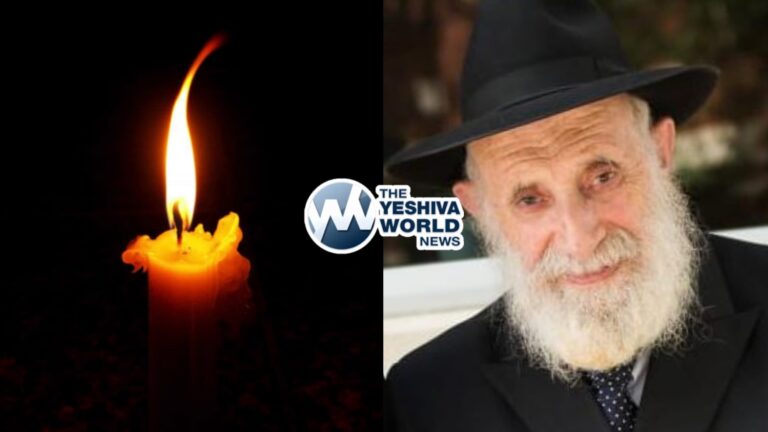
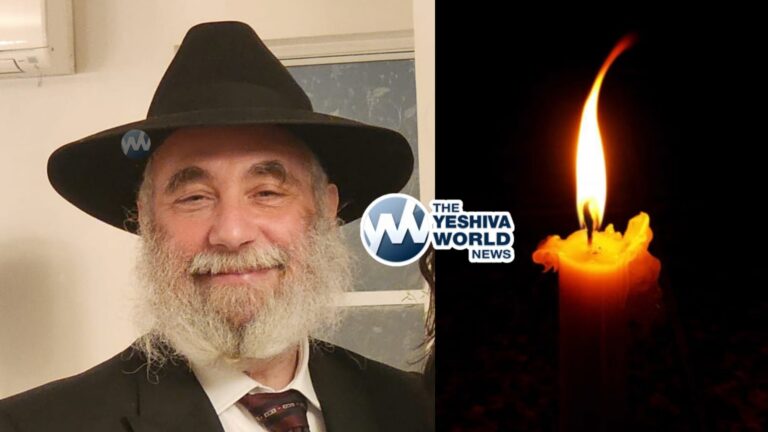
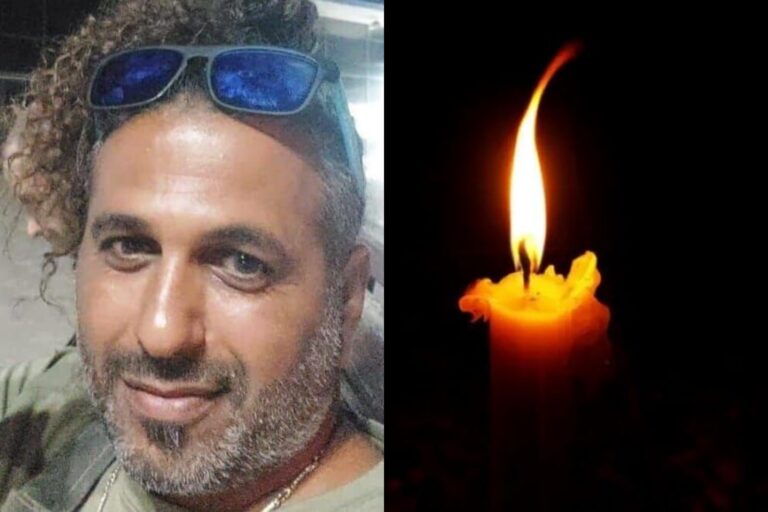
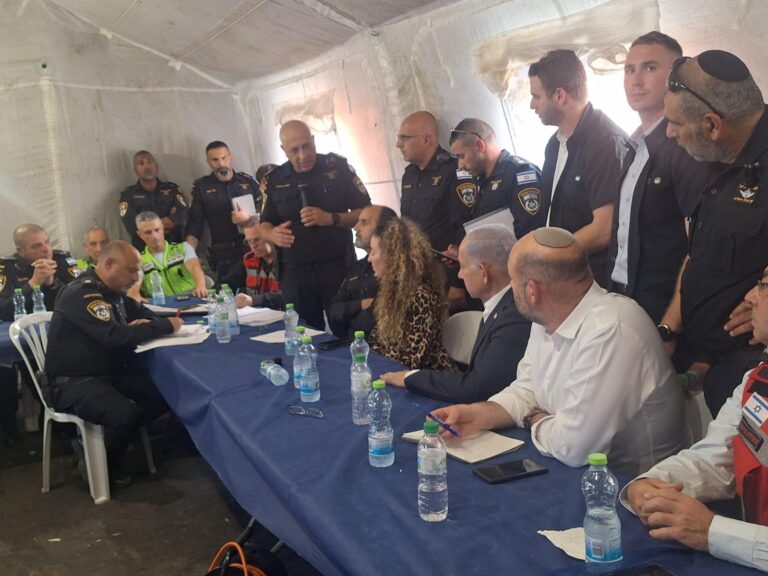
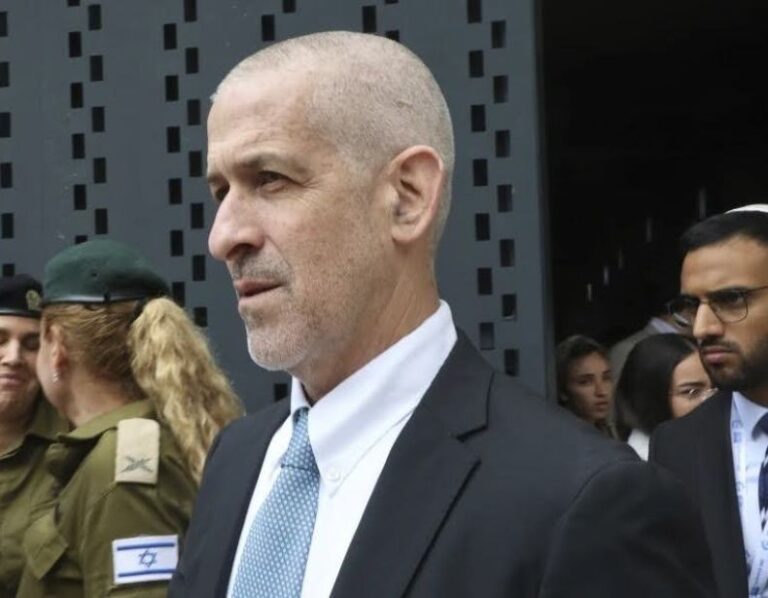

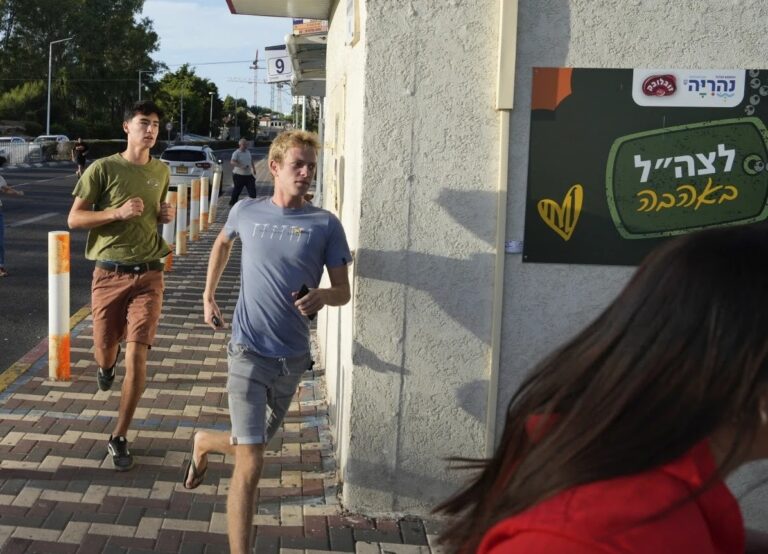
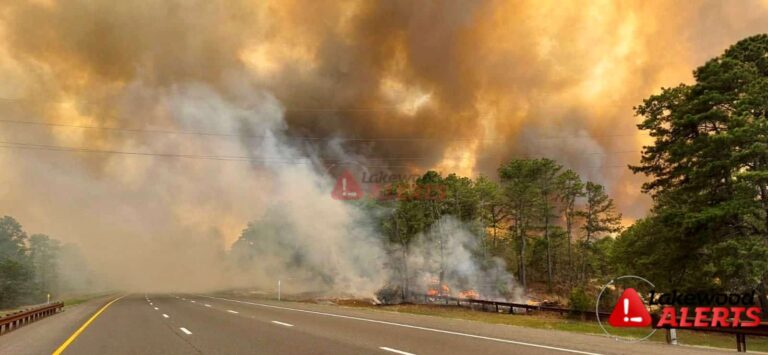

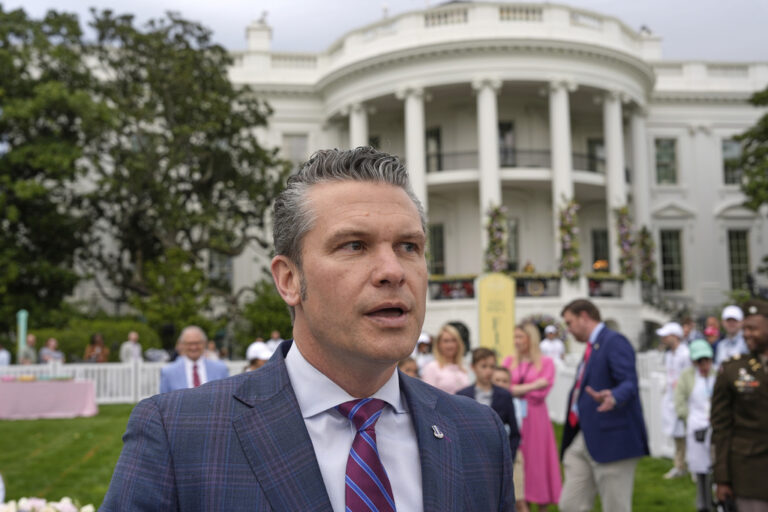
One Response
No hiddush. Musket balls were simply round pieces of lead, and will probably last forever. They won’t rust, won’t decay, etc.